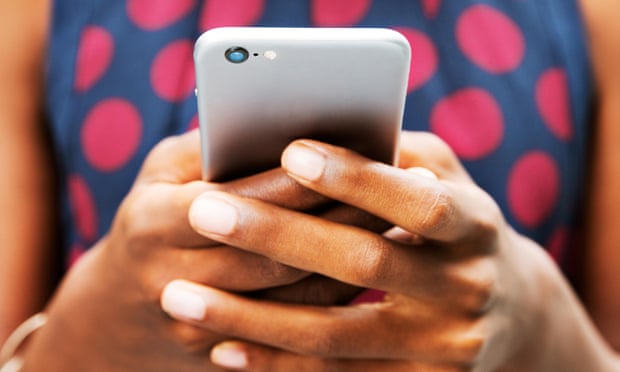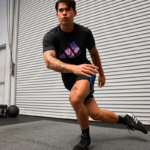
Doctors say a decision to exempt health workers in New South Wales from self-isolating if they are close contacts reflects an “extremely desperate situation”, with warnings the policy change will increase the Covid risk to hospital patients.
NSW Health announced late on Friday night that in “exceptional circumstances”, frontline workers who are asymptomatic close contacts will be exempt from having to self-isolate for seven days, to avoid disruption to key services.
The exemption “allows these close contacts to leave self-isolation to attend their workplace, provided they have been identified by their employer as critical to the service and cannot work from home.”
Dr Chris Moy, the vice-president of the Australian Medical Association, said the policy change was indicative of the “enormous stress” the NSW health system was under “because of the increasing number of cases … Just as much, it’s because of the number of staff who are having to be furloughed.”
Covid hospitalisations in NSW were currently lower than at the peak of the Delta wave, but had more than doubled in the last week. On Saturday, there were 901 people in the state hospitalised with the virus, compared to 388 on Christmas Day. The state now had one of the highest rates of Covid in the world.
“It’s not just about the number of beds [taken], it’s about the number of staff to be able to safely provide healthcare,” Moy told Guardian Australia. “We’re having entire teams getting wiped out, essentially.”
As of 27 December, about 2,000 health workers across the state were self-isolating.
On Friday, a leaked memo revealed St George hospital in Sydney’s south was already planning to fly in nurses in an attempt to deal with staffing shortages and surging Covid cases.
Moy said that among medical professionals there was “a level of desperation which is not reflected in comments that the health system is holding up well”.
Quick Guide
How to get the latest news from Guardian Australia
Show

Prof Nick Talley, a physician and editor-in-chief of the Medical Journal of Australia, agreed.
“Obviously, we’re in a very difficult, perilous situation arguably, despite all the assurances that the hospital system was robust and everything was going to be fine,” he said.
Talley said the policy change was a means to “urgently deal with a major staffing matter which doesn’t seem to be fillable any other way”.
“People will suffer or even die if we don’t have people caring for them in hospital, but of course it will have some negative downsides that could be very serious as well,” he said.
The self-isolation exemption would “put not only hospital workers at more risk from their colleagues, but also patients in hospital will be at higher risk of catching Covid,” Talley said. “It’s a dreadful situation to have ended up in and it was potentially preventable if we hadn’t let go so early.”
A senior doctor working in Sydney, who spoke on the condition of anonymity, described the situation in his health district as “at crisis point”.
“Things are absolutely terrible, with a combination of high numbers of patients and staff being off, furloughed or sick,” he said, adding there were high presentations to the emergency department and “ramping” – patients having to wait in ambulances because the department was full.
He said though there were less Covid patients in the intensive care unit compared to the peak of the Delta wave, staffing shortages meant the service had to “significantly cut back” on bed capacity.
Omicron is linked to a substantially reduced risk of hospitalisation and admission into intensive care, but experts said the variant’s transmissibility could still threaten to overwhelm the health system.
“As cases rise massively, there are still some people … who will need hospitalisation,” Talley said. “If you’ve got a huge number of people infected, that’s a very significant load.”
Moy said: “A large number [of people] are ending up in hospital at the same time, but also a large number of staff are getting infected at the same time, and they’ve been taken out of play.”
To reduce the peak, Moy said it was necessary to reconsider restrictions, and to maximise TTIQ – test, trace, isolate, quarantine. “The problem at the moment is that [the testing system] is barely functioning.
“What you’re trying to do is buy time … to get boosters in arms,” he said.
NSW Health was contacted for comment.


